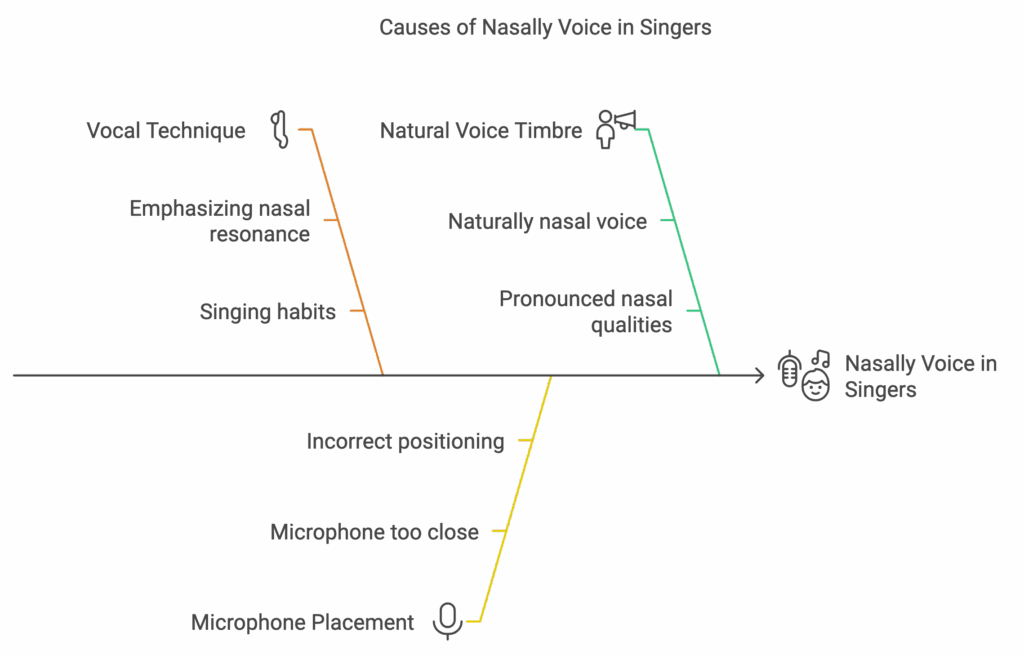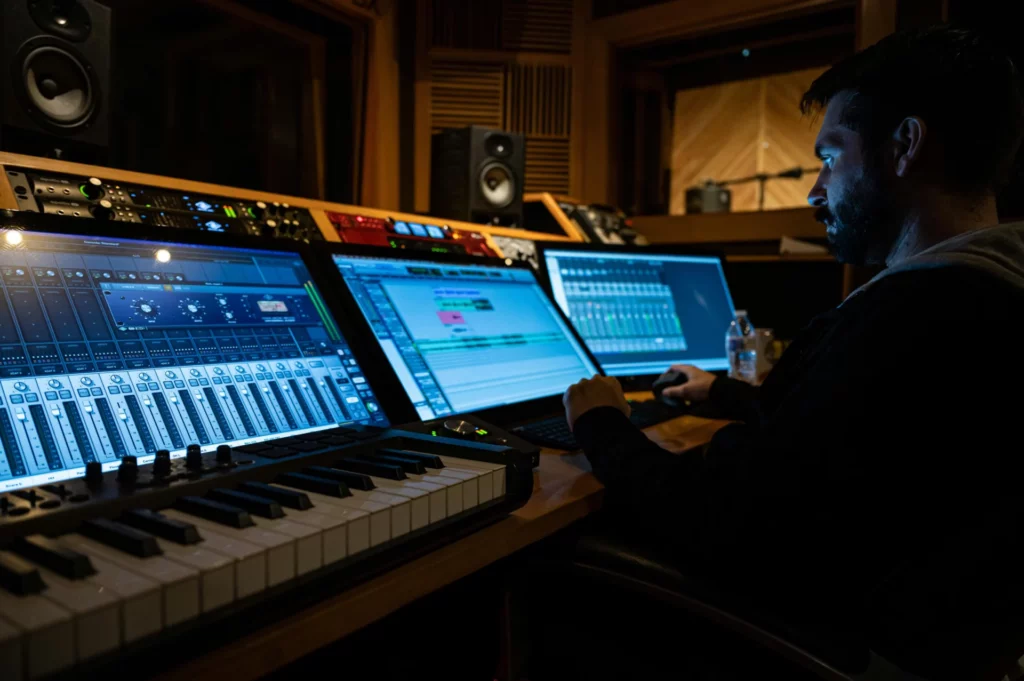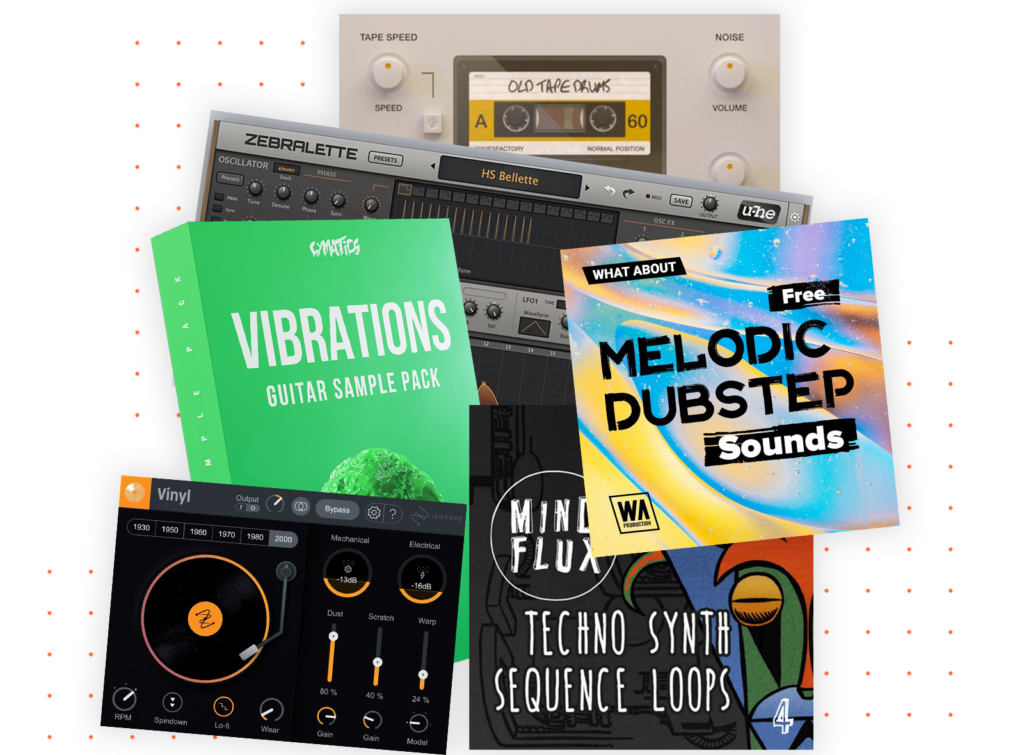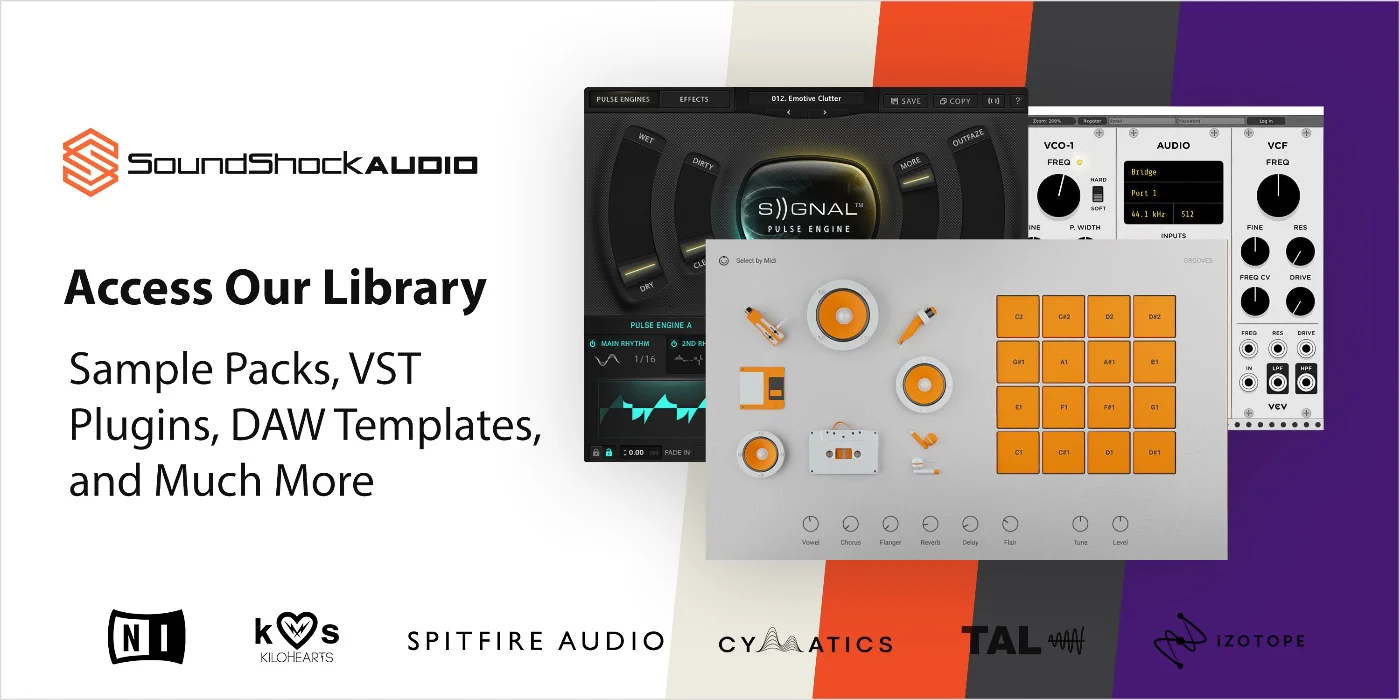Nasal vocals can be a tricky issue in audio production, often sounding like there’s too much resonance coming from the nasal passages.
This guide will give you useful tips and tricks for EQing nasal vocals, helping you achieve a clear and balanced sound.
Identifying Nasal Vocals

Characteristics of Nasal Vocals
Nasal vocals can be identified by their distinct tonal quality, focusing on the frequency range where nasality typically resides.The human voice typically spans from around 80Hz to 12kHz, with fundamental frequencies and harmonics distributed throughout this range.
The nasal resonance often occurs in the mid-frequency range, around 1kHz to 4kHz, giving the vocals a honky or twangy character.
Common Causes of a Nasally Voice

Several factors can contribute to nasal vocals, including:
- Vocal technique: Some singers may inadvertently emphasize nasal resonance due to their singing style or habits.
- Microphone placement: Positioning the microphone too close to the singer’s nose can accentuate nasal frequencies.
- Natural voice timbre: Some individuals have a naturally nasal voice, which can be more pronounced when singing.
EQ Techniques To Make Voice Less Nasally

Target Frequency Ranges
When EQing nasal vocals, focus on the 1kHz to 4kHz range, where nasal tones often reside.
Experiment with attenuating these frequencies using EQ cuts to reduce the nasal character without compromising the overall vocal presence.
Narrow vs. Broad EQ Cuts
The width of the EQ cut can impact the naturalness of the vocal sound.
- Narrow cuts (high Q) can surgically remove nasal frequencies but may result in an artificial or hollow sound if overused.
- Broad cuts (low Q) can gently shape the mid-range, reducing nasality while maintaining a more natural vocal timbre.
Use of High-Pass Filters
High-pass filters can be employed to clean up the low end of the vocal signal, allowing the engineer to focus on the problematic nasal frequencies.
- Set the high-pass filter around 80Hz to 100Hz to remove low-frequency rumble and proximity effect.
- This creates more headroom for addressing nasal frequencies without low-end clutter.
🏆 Our Favorite Plugin For EQing Nasal Vocals
We’ve found that FabFilter Pro-Q 3 is THE BEST EQ for getting rid of that nasally sound.
Why?
Because the Pro-Q 3 is the most precise and transparent EQ on the market and has been for over a decade. You can quickly find the frequencies you need to remove and take them out without destroying your vocal.
Advanced EQ Strategies To Get Rid of Nasally Voice
Dynamic EQ and Multiband Compression: Dynamic EQ and multiband compression can be more effective than static EQ for dealing with nasal vocals.
- Dynamic EQ: applies EQ cuts only when the nasal frequencies exceed a certain threshold, preserving the natural vocal sound in other parts of the performance.
- Multiband compression: allows for targeted compression of the nasal frequency range, evening out the resonance without affecting the entire vocal signal.
Further Mixing Plugins For Nasal Vocals
Sometimes you need more than just an EQ to fix the Nasal vocal sound or you need a second EQ on your chain.
Here is a list of other plugins that we use on our vocal chain that can improve the nasal vocal sound that one single EQ can’t.
- iZotope Nectar 4: Features a dedicated “De-Ess” module that can target and reduce nasal resonances.
- Antares Auto-Tune Hybrid: Includes formant correction to address nasal tones while tuning.
- Soundtoys Decapitator: Adds subtle saturation to thicken vocals and mask nasal qualities.
- Signature Series Vocals: Classic vocal plugins from top mixing engineers, Chris Lorde-Alge, Maserati, Jack Joseph, and more.
Practical Application and Examples
Let’s examine a real-world example of EQing nasal vocals in a pop mix:
Before EQ
The vocal sounds honky and lacks clarity, with excessive energy around 2.5kHz.
EQ Settings
- High-pass filter at 90Hz to remove low-end rumble.
- Broad 3dB cut centered at 2.5kHz with a Q of 1.5 to reduce nasal resonance.
- Gentle 1.5dB boost at 8kHz to add air and presence.
After Vocal EQ Changes
The vocal sits better in the mix, with reduced nasality and improved clarity.
Genre-Specific Considerations For Nasally Vocals

The approach to EQing nasal vocals may vary depending on the musical genre.
| Genre | EQ Considerations |
|---|---|
| Pop | Focus on clarity and presence, with moderate reduction of nasality. |
| Rock | Preserve vocal aggression while taming excessive nasal tones. |
| Classical | Maintain natural timbre, using minimal EQ to address nasal issues. |
Additional Tips for Vocal Recording and Mixing
Mic Selection and Placement
Choosing the right microphone and placement can help minimize nasality at the source.
- Select a microphone with a natural midrange response, such as a large-diaphragm condenser.
- Position the microphone slightly off-axis and aim it towards the singer’s mouth, avoiding direct alignment with the nasal passages.
Vocal Performance Tips
Singers can employ techniques to reduce nasality in their performance:
- Practice proper breathing techniques to support the voice from the diaphragm.
- Experiment with vowel modifications, such as slightly opening the mouth or dropping the jaw, to alter nasal resonance.
- Work with a vocal coach to identify and address any habitual nasal singing patterns.

Access 4,000+ Music Tools
Access our entire library of music tools including sample packs, VST plugins, DAW templates, and much more.
Further Reading and Watching For Improving your Vocal Mixes
By understanding the characteristics of nasal vocals, applying targeted EQ vocal techniques, and leveraging advanced processing tools, audio engineers can effectively shape and refine the vocal sound to achieve a professional, polished mix.
Access over 4,000+ Music Production Tools

SoundShockAudio offers a comprehensive library of music production tools, including VST plugins, Synth Presets, Kontakt Instruments, and more.
Subscribe today to start creating professional-sounding music with the best tools available.
Need more help when it comes to EQ vocals and other instruments?
Check out these articles:




hey, any tips on keeping vocals clear but reducing that nasal sound? kinda struggling here. great piece btw, Daniel!
MikeyJ, try a slight dip around 1kHz, usually helps with nasality without losing clarity. Works for me!
wow didn’t know EQ could do so much, always thought it was just for basic adjustments.
While the strategies outlined provide a good starting point, it’s crucial to remember that every vocal take is unique, and there’s no one-size-fits-all. Always trust your ears.
Loved the practical application part, finally got how to use EQ on my vocals without making it sound weird. Thanks, Daniel!
good read, but I think more examples could’ve been used. Just saying, it helps to see things in action.
If only EQ could fix my singing, haha! But seriously, this is gold for tweaking my recordings.
If only I had known about high quality EQ VST plugins sooner, maybe my mix wouldn’t sound like it was recorded in a can.
Fantastic overview of EQ techniques for nasal vocals. This has been a persistent issue in my mixes, and the solutions provided here are both insightful and practical. Thanks for sharing, Daniel.